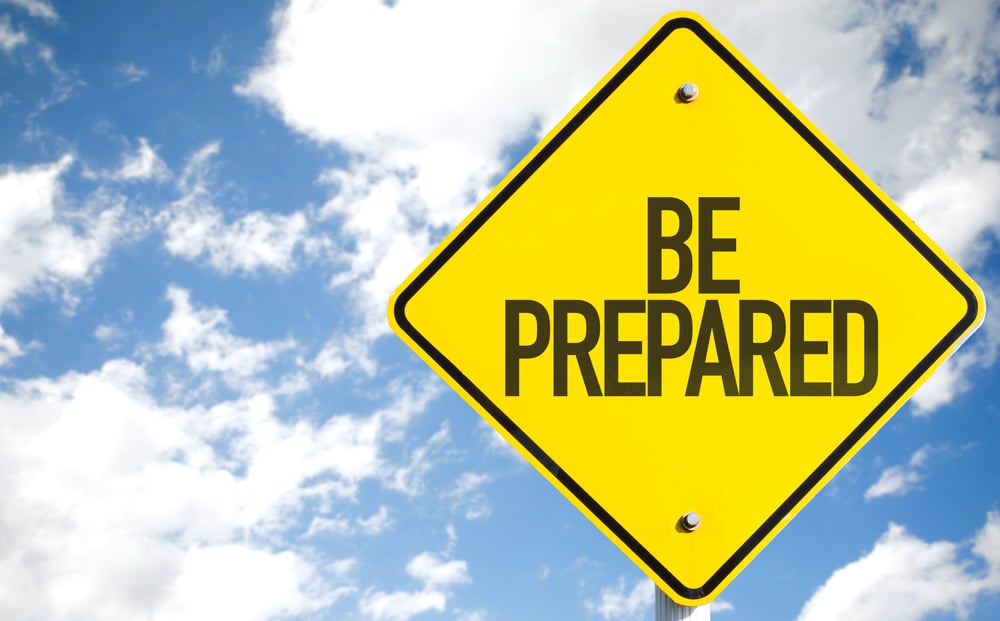
More than Words: Preparing ESL Students for Natural Disasters
If you have watched the news at all this week, you are well aware of the huge tornado that swept through 4 states in the US killing dozens. Those who have grown up in the United States are pretty well aware of the protocols for a natural disaster, but this one happened in the middle of the night. People were caught by surprise. It was devastating for many families and friends. Imagine not being familiar with the protocols due to being in a new country with strange weather and unknown natural disasters? One of our CORE Languages teachers, Paula, will address that very subject.

“When I decided to write a series about helping ESL students adjust to living in their new location, it seemed like a good idea. After the storms that ripped through my home state of Kentucky this past week, it is now deemed essential. Educating our students on what steps to take during a natural disaster will help them make choices that could save lives.
I have always lived in Kentucky. I know what to expect during a tornado, a flash flood, a blizzard, or any other type of severe weather that commonly plagues this state. But it was brought to my attention that my ESL students are not familiar with some of these threats, particularly tornados. Therefore, I include a class which discusses what to expect during such events.
First, I explain what threats are most likely to occur in our location. Sharing personal experiences with your student can help them relax. To help my student feel confident, I may start this conversation out by asking them about what types of weather have they needed to prepare for. Then I show pictures of what types of threats that could occur in this area. I also explain the difference between a watch and a warning. This can even be confusing for native speakers! Explaining details like this helps your student understand what to listen for and how to react.
Next, I suggest to my student to spend some time formulating a plan for severe weather. Preparation will help your student stay calm in the event of an emergency. Students need a detailed list of disasters that could happen. They should also be given suggestions on how to be prepared and how to react during each emergency. They also need pertinent information about agencies that help when disasters strike.
Emergencies are unpredictable. Being informed as soon as possible is key to surviving a natural disaster. In today’s modern age there are many apps available that are free and will warn people about emergencies. Both The Weather Channel and Emergency: Alerts from Red Cross offer such apps. Suggest that your student download this to their phone to stay informed about the weather.
Equipping your student with the knowledge and tools that will help them feel prepared for emergencies is a great way to welcome them to their new home.”
Paula has given some great ideas for preparing ESL students for natural disasters. Check out her previous piece about the use of translation apps here and on the use of Total Physical Response here.
Responses